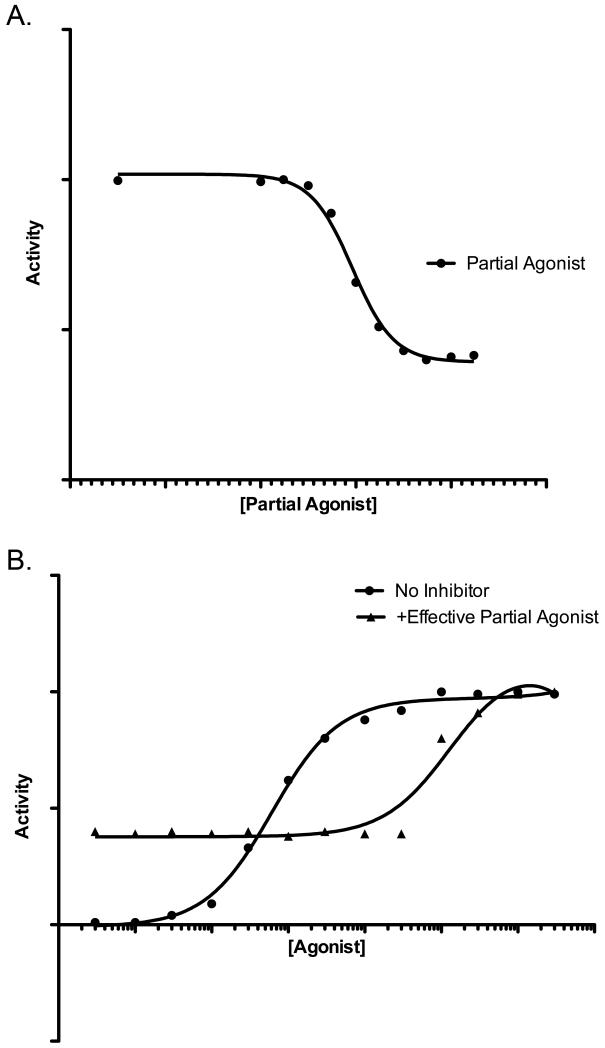Figure 2. A theoretical partial agonist can antagonize the activity of a theoretical full agonist.
The activity of these ligands resembles the activity of AREG (full agonist) and EGF (partial agonist). (A) Increasing concentrations of a relatively effective theoretical partial agonist inhibit the activity of a fixed concentration of a theoretical full agonist. (B) The antagonistic effects of a fixed concentration of a relatively effective theoretical partial agonist can be overcome by increasing concentrations of a theoretical full agonist. The resulting rightward shift in the full agonist dose response curve in the presence of the partial agonist is indicative of competitive inhibition of full agonist activity by the partial agonist.

